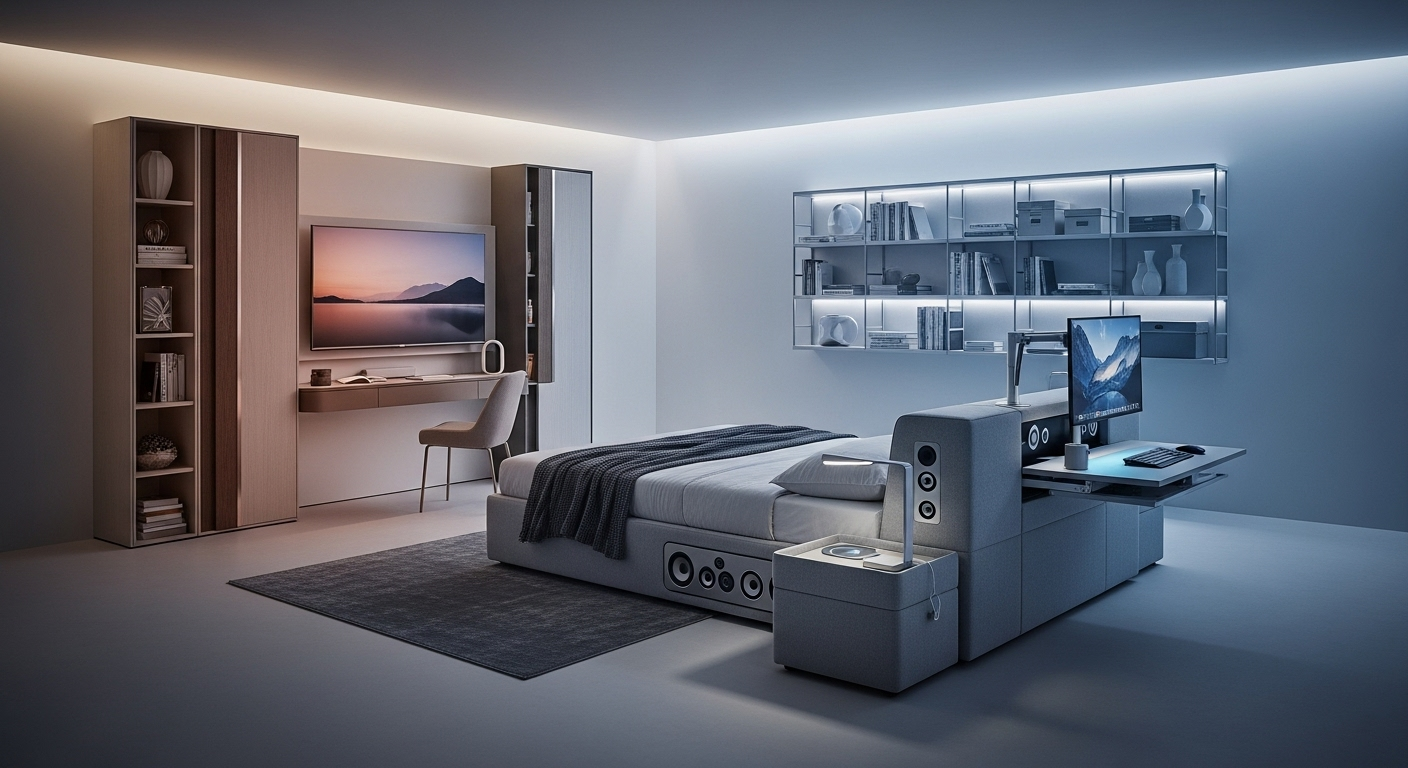"Reimagining Your Space: The Novel Approach of Multifunctional Furniture"
Introduction: Imagine transforming your living room into a workspace, or your bedroom into a relaxing reading lounge, all within a matter of minutes. This is the beauty of multifunctional furniture, an innovative design concept that allows homeowners to maximize their space and adapt it to their changing needs. This article delves into the genesis, current trends, and practical benefits of this dynamic design choice.

The Birth and Growth of Multifunctional Furniture
The concept of multifunctional furniture has its roots in densely populated urban areas where living spaces are often limited. The necessity for space conservation sparked the idea of furniture serving multiple purposes—beds that could transform into desks, tables that could expand for more seating, or ottomans that provided both storage and seating. Over time, this trend expanded beyond urban confines and entered mainstream home design, catering to a growing desire for flexibility, functionality, and minimalism.
Riding the Wave: Current Trends in Multifunctional Furniture
Presently, the multifunctional furniture trend is making waves in home design. From multifunctional wall units that combine a TV stand, bookshelf, and storage space, to coffee tables that can be raised to dining height, the adaptability of these pieces makes them a popular choice. They not only save space but also add a unique touch to the aesthetics of a room.
The Practicality of Multifunctional Furniture: A Market Perspective
The market for multifunctional furniture has seen a significant rise in recent years. This can be attributed to the increasing urbanization and shrinking living spaces, particularly in metropolitan areas. Moreover, the ongoing pandemic has further fueled the demand as people look for ways to make their homes more adaptable to a work-from-home lifestyle.
Multifunctional Furniture: Enhancing Everyday Living
Aside from the space-saving benefits, multifunctional furniture can greatly enhance daily living. It allows homeowners to tailor their space to suit their needs at any given time. A living room can instantly become a home office, a guest bedroom, or a workout space. This flexibility can significantly improve the quality of life, especially in smaller homes or apartments.
The Role of Research in Multifunctional Furniture Design
Designing multifunctional furniture requires extensive research and creativity. Designers need to understand the needs and limitations of modern homeowners, and incorporate these insights into their designs. From ergonomic considerations to aesthetic appeal, every aspect needs to be well-thought-out to create pieces that are not only functional, but also visually pleasing.
In conclusion, multifunctional furniture represents an innovative approach to home design, blending aesthetics, functionality, and adaptability. As living spaces continue to evolve, this trend is set to play a significant role in shaping the future of home interiors.





